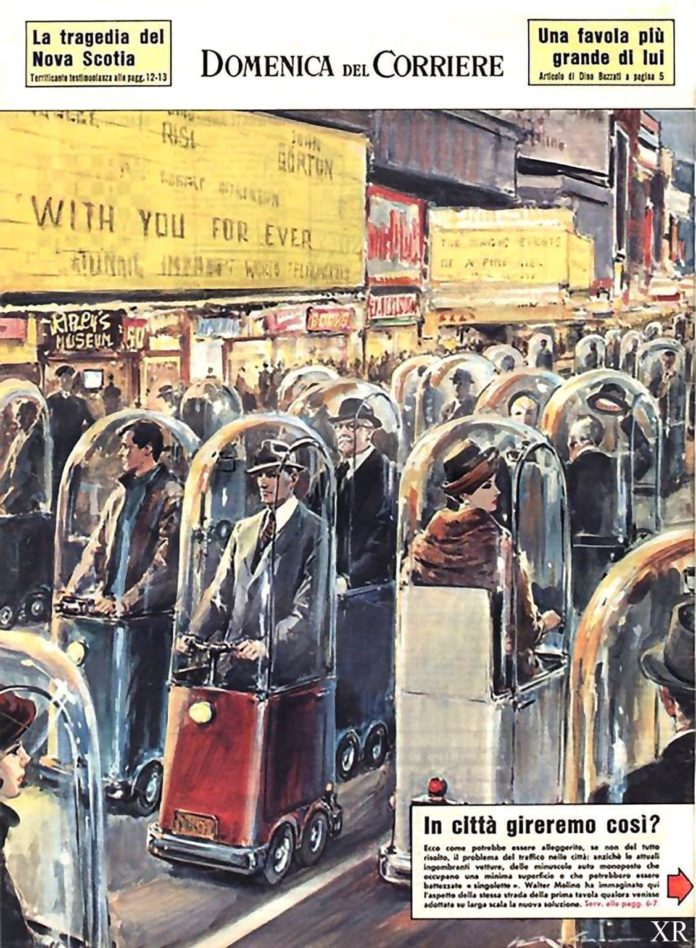As we begin to slowly emerge from the lockdown next month, we are being told that it is unlikely that we will be returning to the old ways of living as we live in a world of Covid-19.
While our government is giving few clues if any ad to what that means, perhaps we should look to the continent for inspiration?
Both Spain and France began to plot out their paths yesterday and both countries have given some clues to what our future may look like.
In France which will begin its return on the 11th May, and will emerge from measures far more draconian than ours, people must continue to work from home where possible.
Here the commentators believe that as we fire up the economy, sectors will begin to go back to work, with construction and manufacturing leading as both will quickly ramp up economic output
For those in an office it will be the two-metre rule in desk spacing, communal spaces closed unless people can socially distance and a reliable supply of hand-washing facilities and sanitising gel.
There will be a reduced workforce on site and we will see staggered working hours both to reduce numbers in the work environment but also to deal with crowding on public transport.
As for public transport, there is a fair chance that we will be encouraged to wear masks. Numbers will be reduced although quite how that will be enforced for example on our trams which operate an open system remains to be seen
Train services between regions in France will be limited and nobody may travel more than 100 kilometres (60 miles) without a certificate stating that they are working or facing an emergency.
Shops and services are reopening across the continent except bars, restaurants and stores inside the largest shopping centres.
The first step in the UK will probably be reopening of such smaller shops, which are the least financially resilient, Garden centres could also be included in that but as in Europe, shopping centres are likely to remain shut longer.
Hairdressers, gyms and entertainment is going to be the more difficult, in that they are also some of the most risky in terms of increasing transmission.Looking to the continent there is little consensus about what to do.
Switzerland and Denmark have allowed hair and beauty salons and tattoo parlours to resume business
Swiss authorities say firms must provide individual clients an average of at least 10 square metres in their shops and offices, set up queues outside their buildings and regularly clean their equipment and surfaces.
Hairdressers, barbers and masseurs who come within two metres of customers have been advised to wear masks and transparent plastic face shields, and wash or disinfect their hands before and after each client.
Meanwhile,shops that do open will be subject to the rules that already operate in our supermarket, 2 metre queues, separate entrance and exits, a one way system, no touching the produce unless you intend to buy it
Restaurants and bars will be the last to come out of lockdown remain as it is increasingly difficult to enforce social distancing, although another European country has proposed turning its capital into one vast outdoor al fresco eating area.
Spain has dealt with that issue in a slightly different way, their first phase will see restaurant take-aways open with a second phase allowing the opening of bar and café terraces, which will be limited to 30 per cent of capacity, with special opening times for those aged over 65.
Again this will have issues with restaurateurs saying that working will such restrictions on capacity destroying profit margins in what is already a cut throat sector
As for other forms of socialising, much has been written about the idea of existing within a ten friend bubble.But many questions remain to be answered including most importantly how you police it.
There is also the issue of protecting the most vulnerable, should the over 65’s be recommended to stay isolated and will a child be able to hug its Grandparents?
Answering the question, from Lynn, from Skipton at Monday’s Daily press conference said: chief medical officer for England Professor Chris Whitty said older and vulnerable people may continue to have to be shielded from the virus.
Suggesting some reunions may be possible at some point, Prof Whitty said it would depend on whether the woman has a “significant medical problem in a way that means she has to be shielding and she’s an older person”.
He said: “If she’s in a group that’s vulnerable, then the answer is it might well be prudent – and this will depend entirely on individual circumstances – for her not to get into a situation where she’s putting herself at risk.”
Prof Whitty said it was accepted that families wanted to get together, but added: “It is important that people who are vulnerable continue to be protected even after whatever the next steps are.”
As for larger gatherings, it’s basically a no no. In France, all large gatherings involving 5,000 people or more are banned until the autumn. This means cancelling the football and rugby as well as music and arts festivals.
Some museums and cultural centres are being allowed to open but it is generally only the smaller ones.
In this country there are plans to start up the Premier League, but it will be behind closed doors. For the lower leagues and for other sports where the economics and the social distancing of that don’t work, the lay-off could be for much longer
Places of worship are to reopen in France but faiths are asked not to hold any services until June. Marriages will not be allowed until June. Funerals will be authorised with up to 20 people attending.At present in the UK it is a maximum of ten.
And then there is school.Again this is so difficult for the Government, not really understanding how children can pass the virus or how they react to it.
Social distancing will be difficult and there is also the issue of children returning to the home carrying the virus.
It could well be that plans will involve sending only some year groups back minimising the number of children at school at any one time. Models include different ages attending on different days and a “two weeks on, two weeks off” model or even staggered days with one group replacing another.







